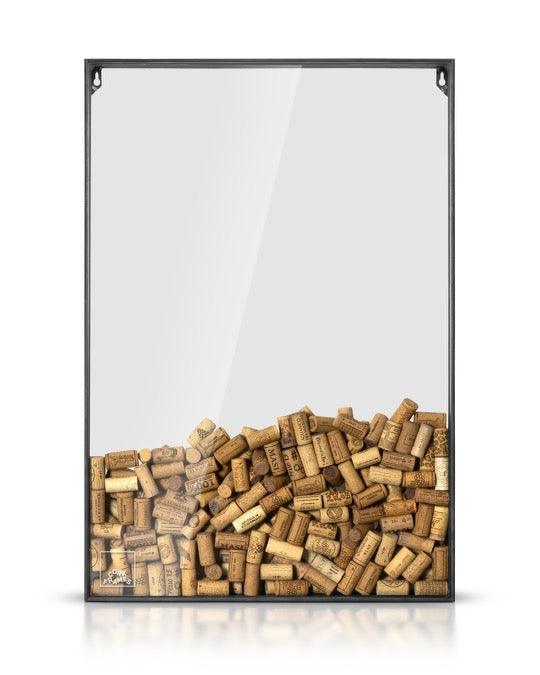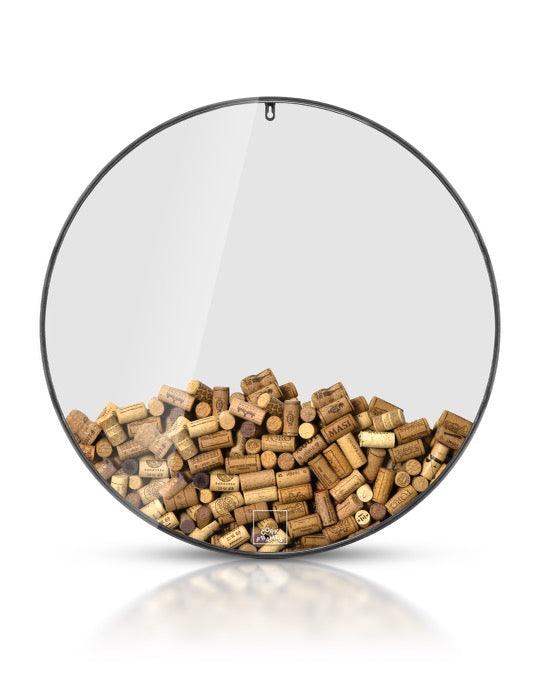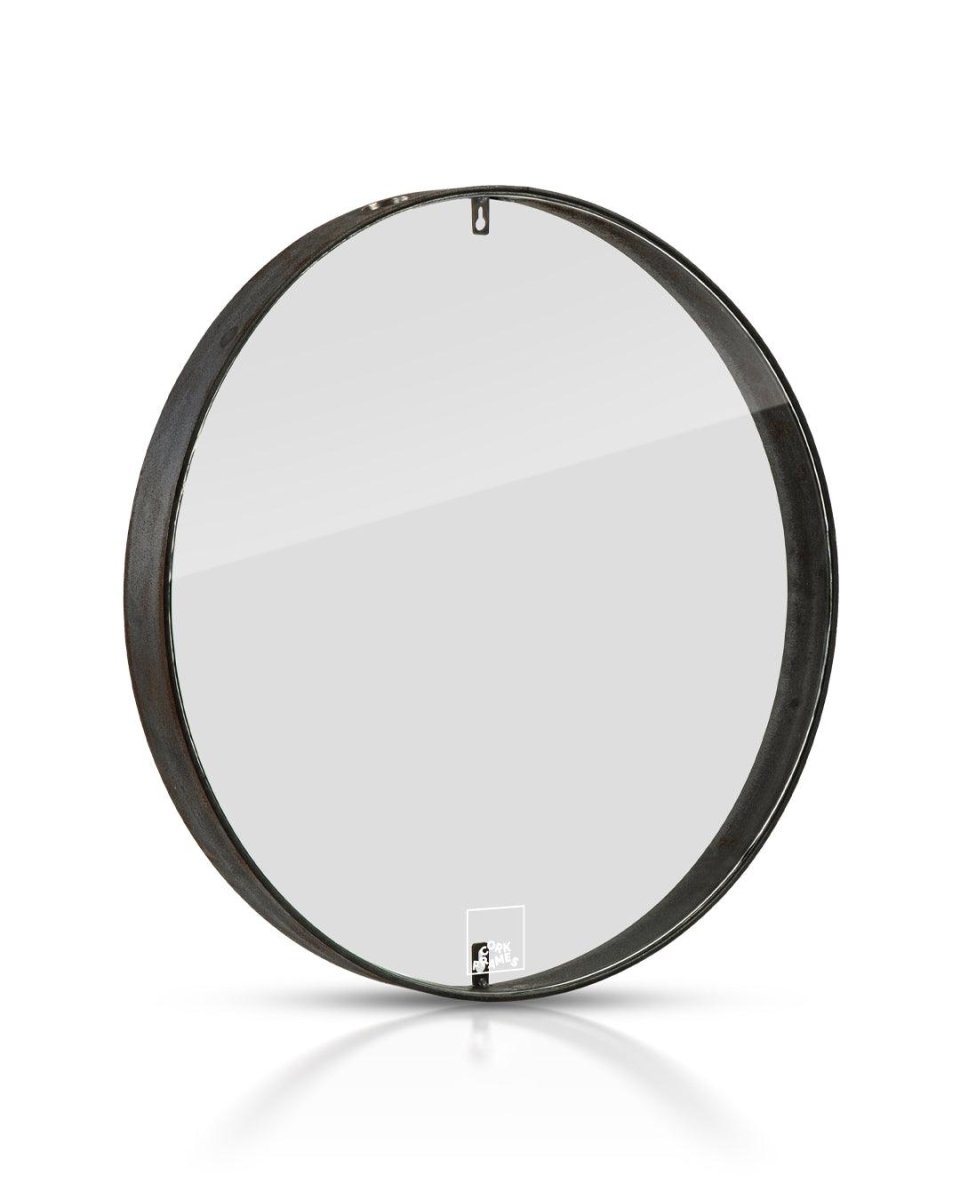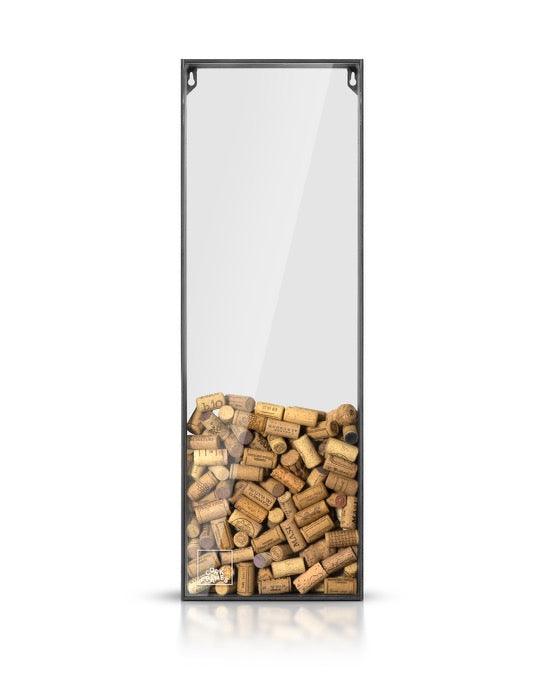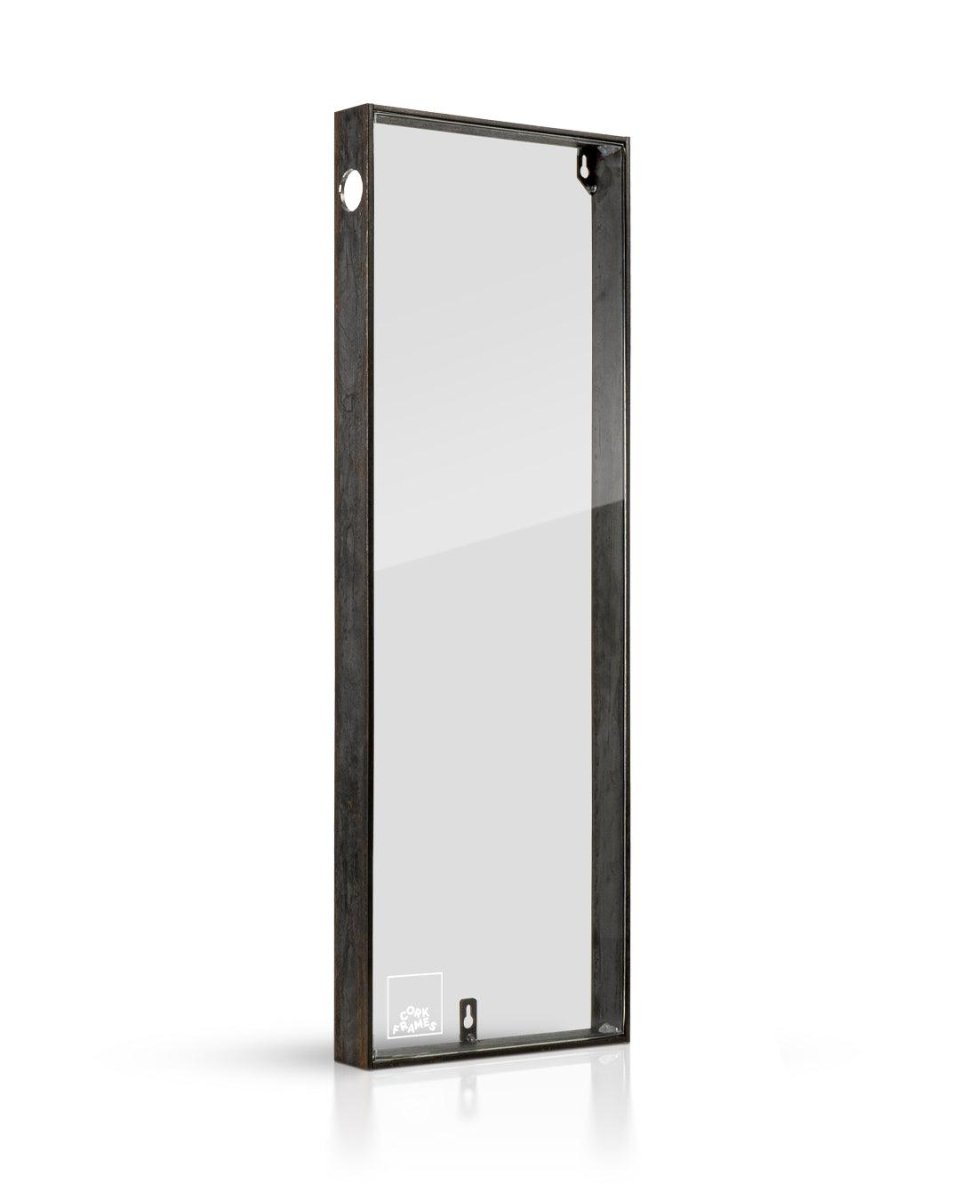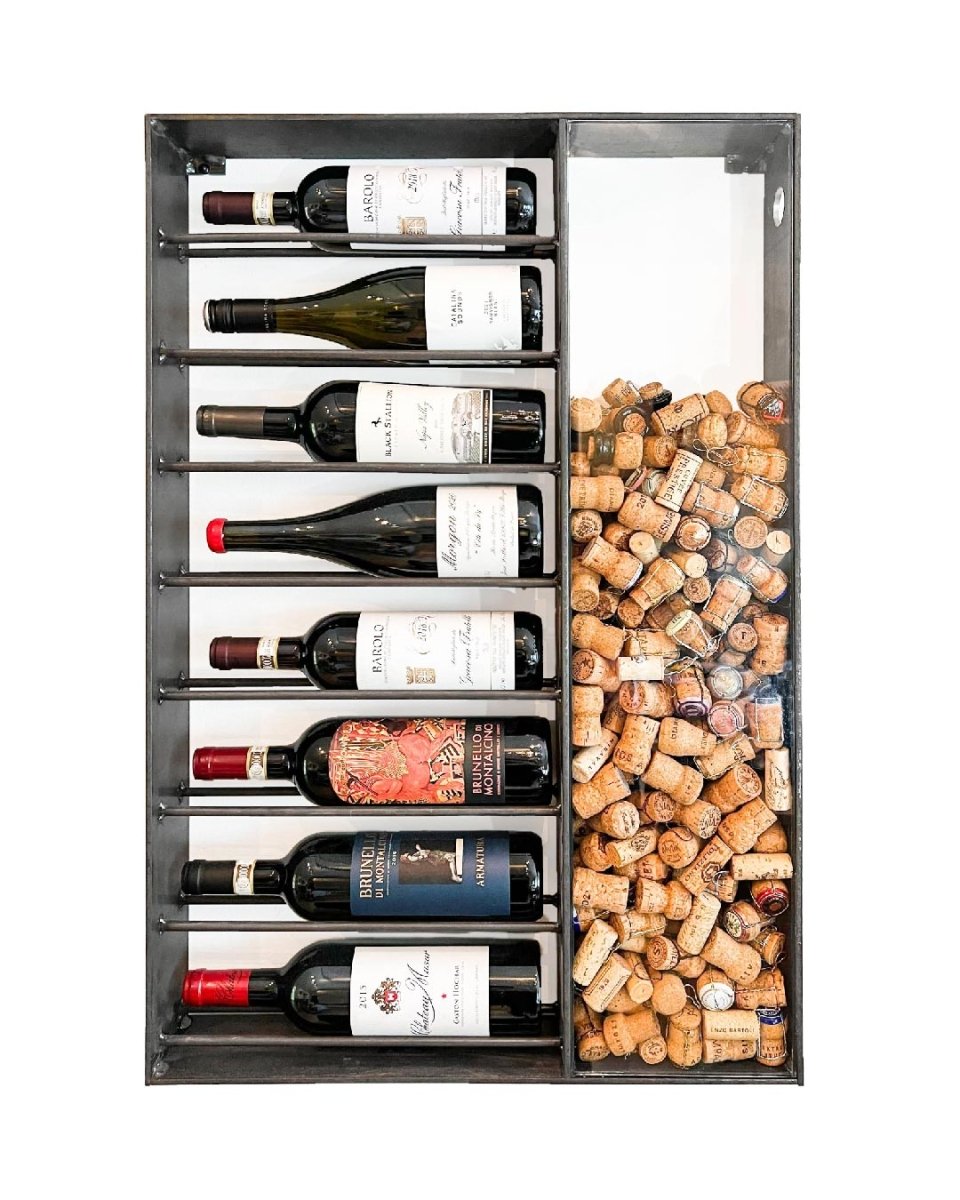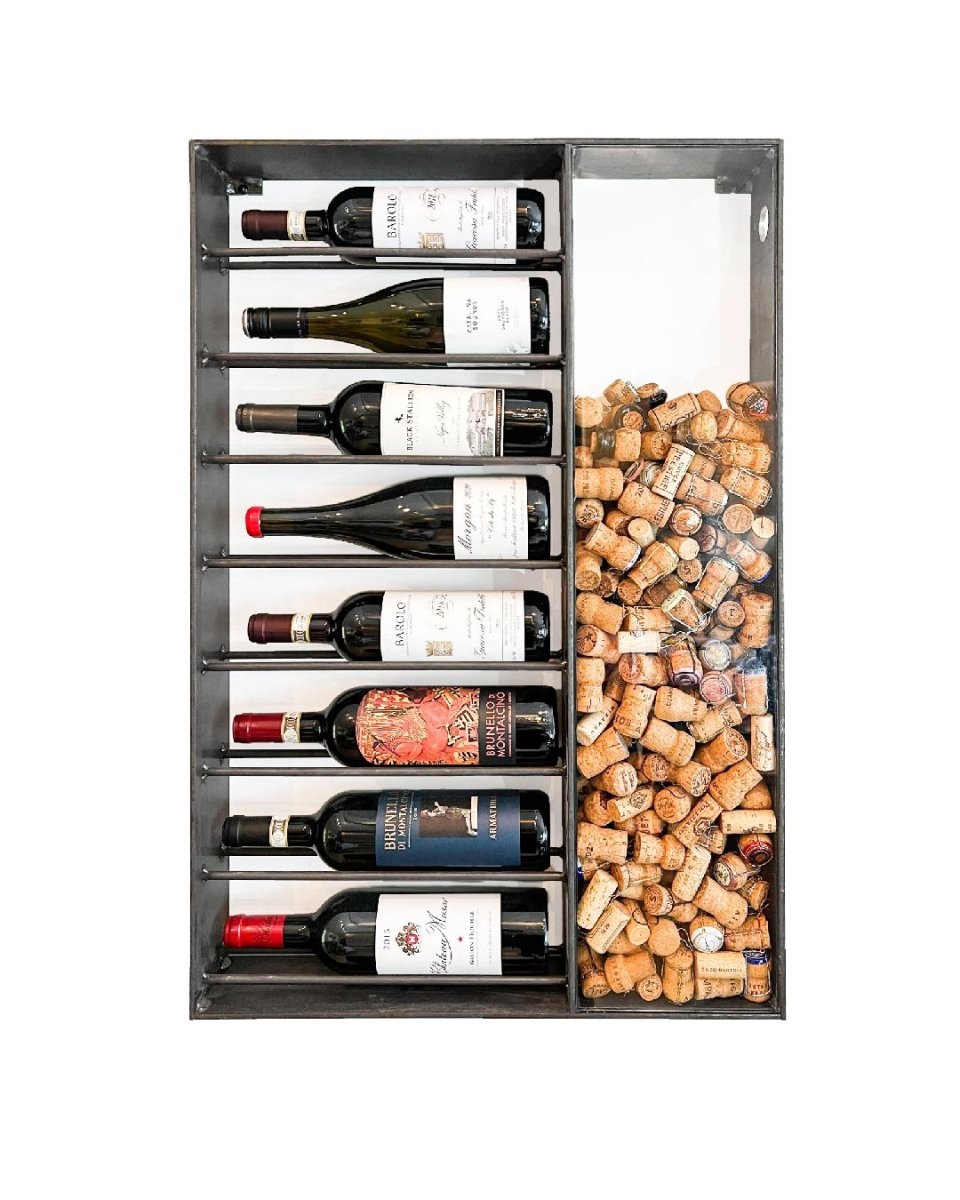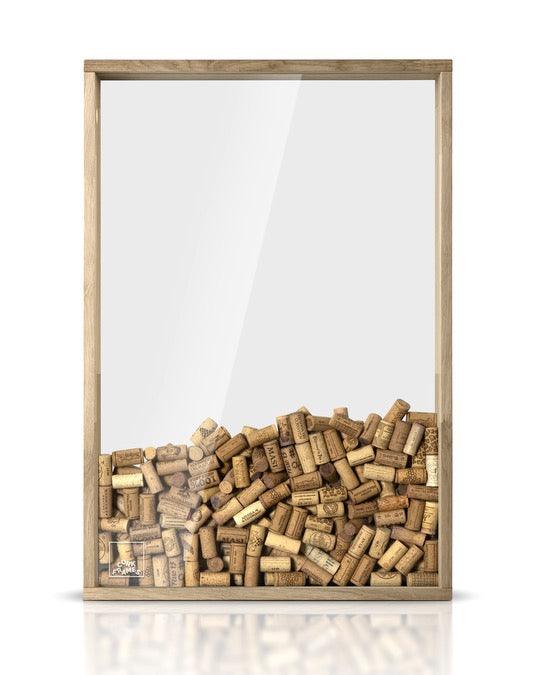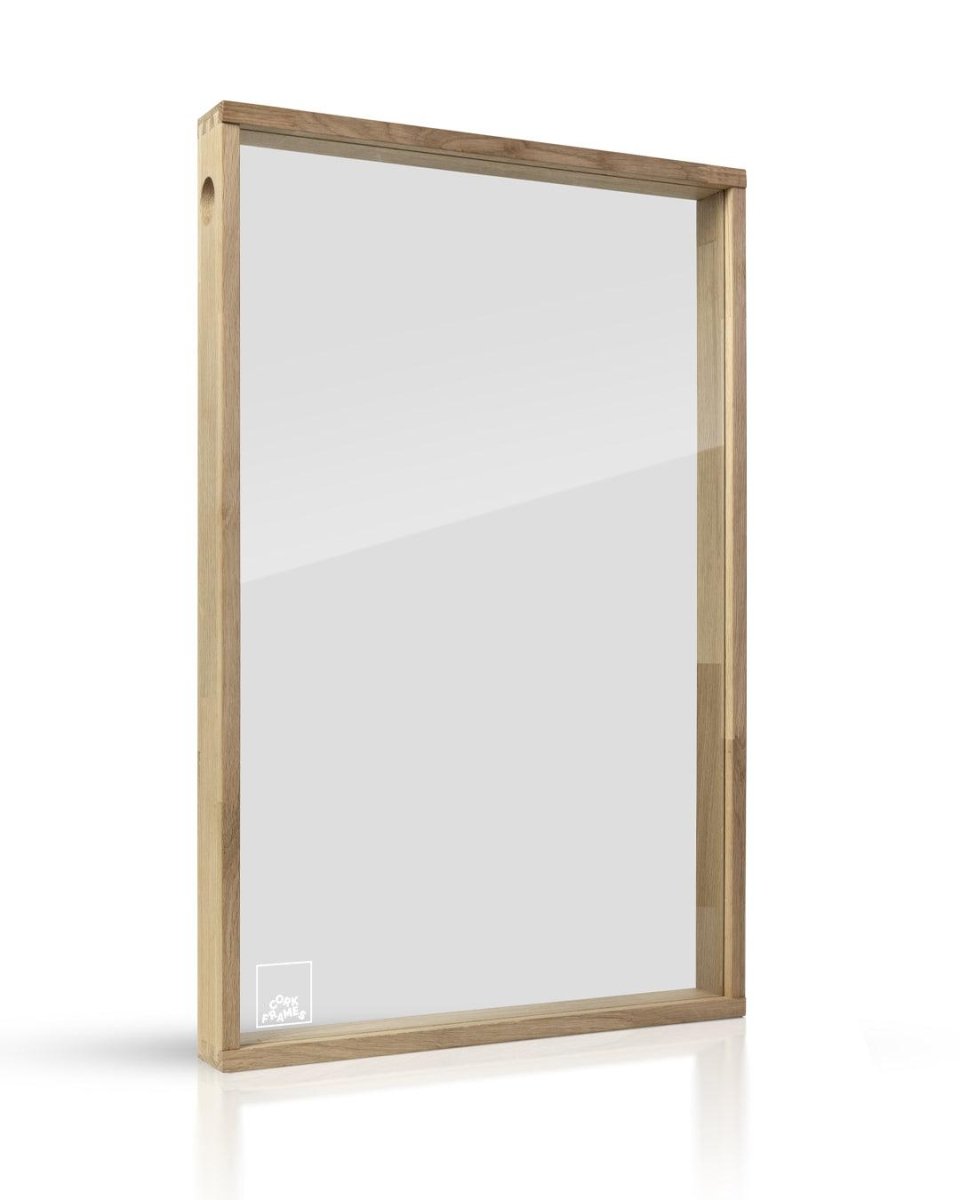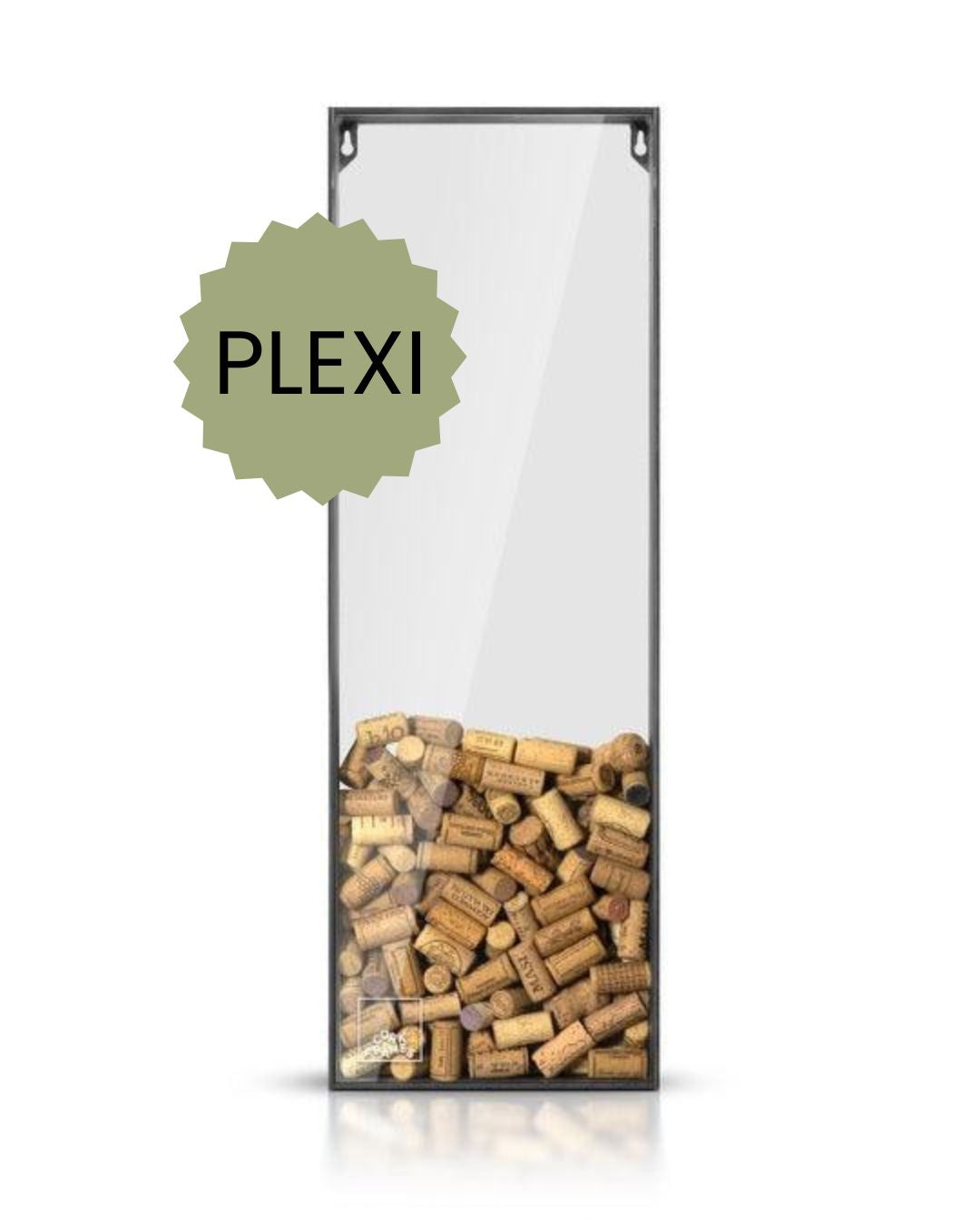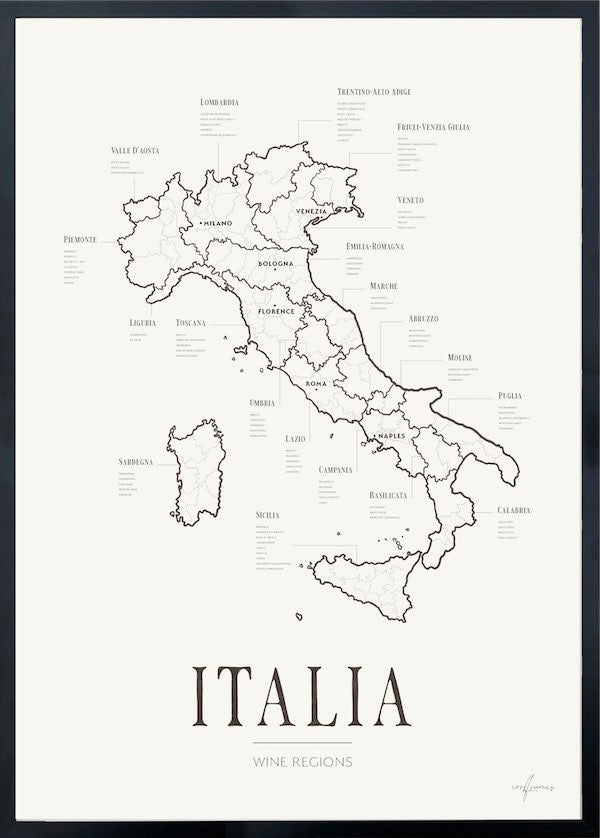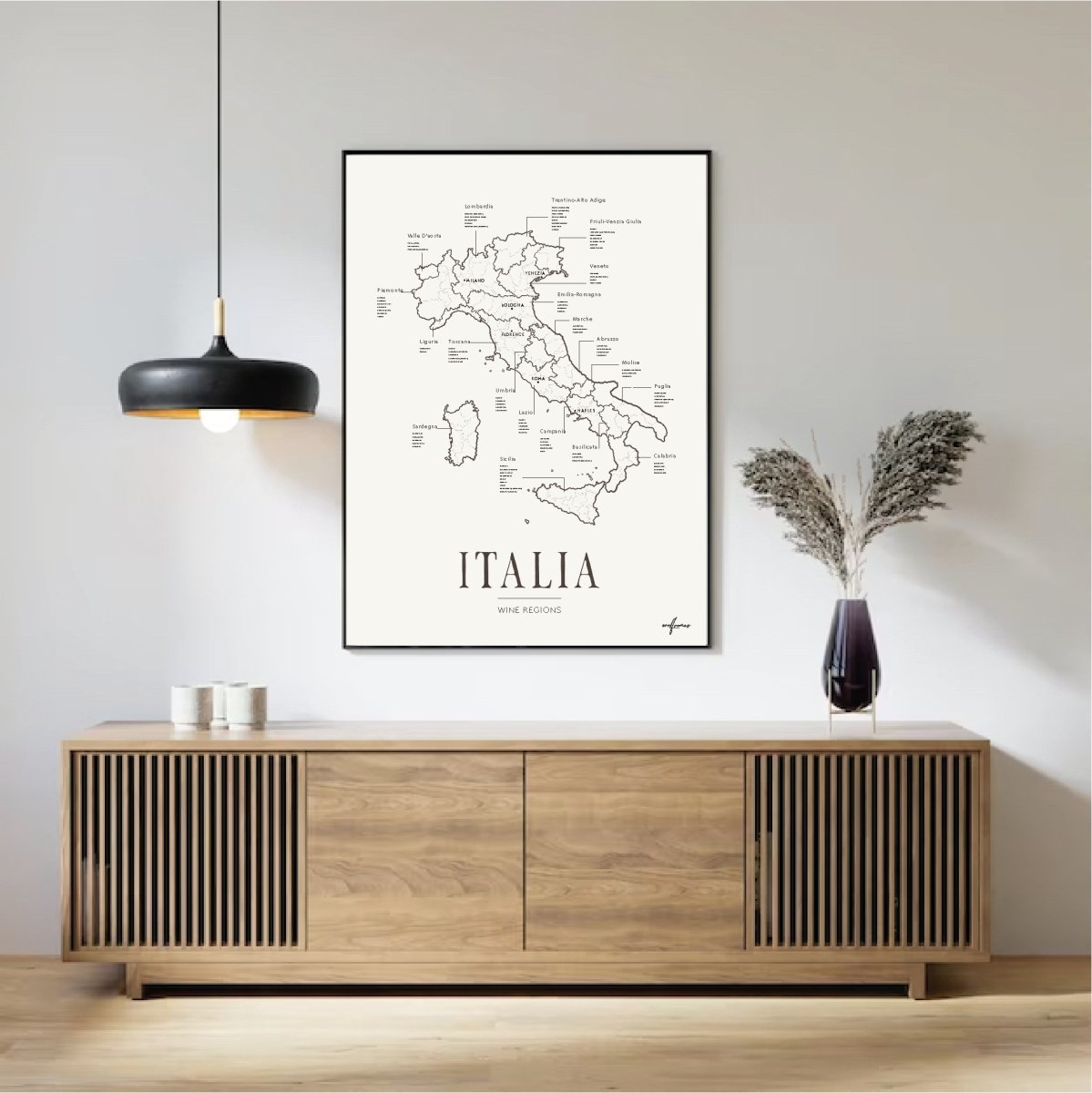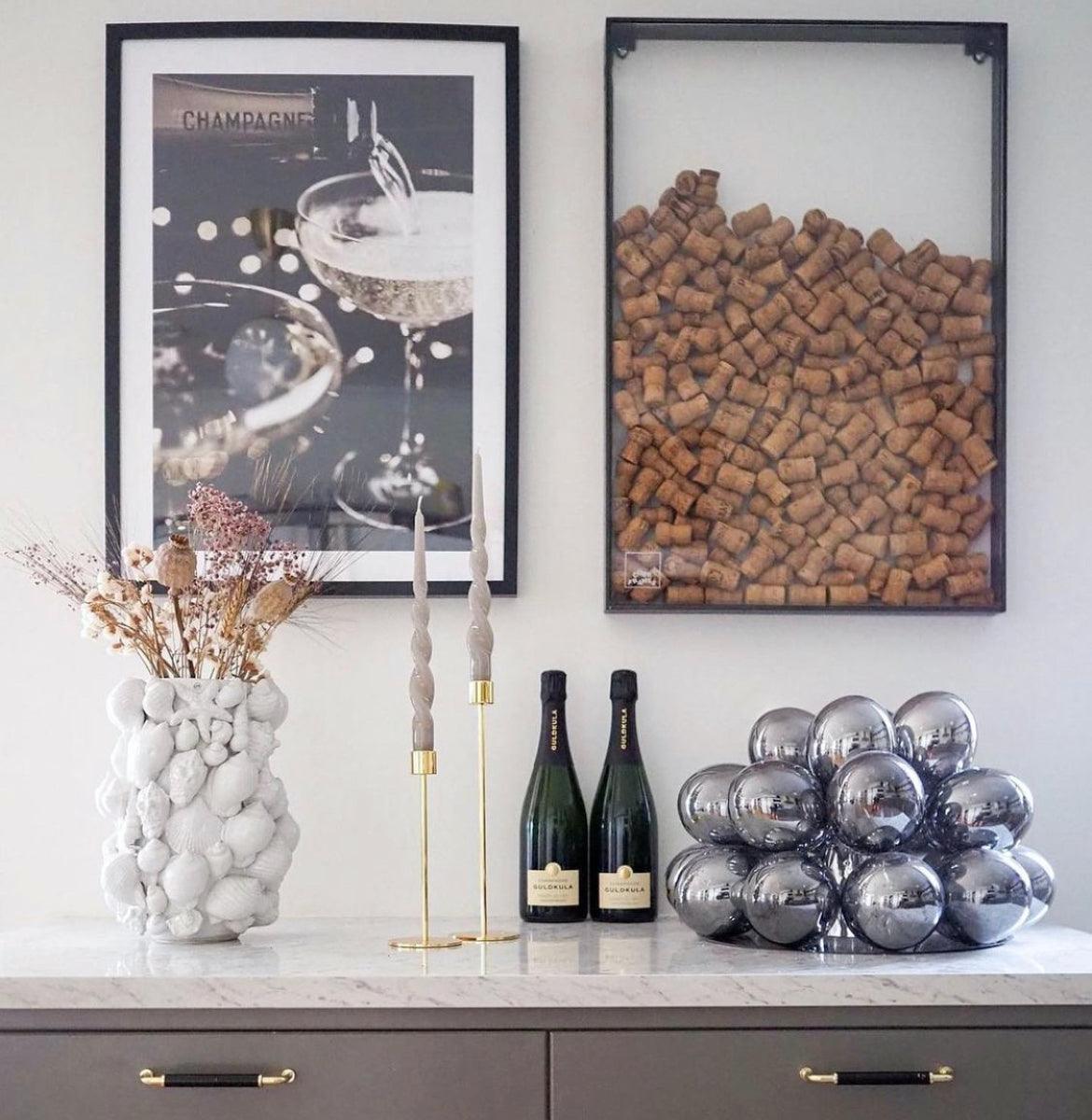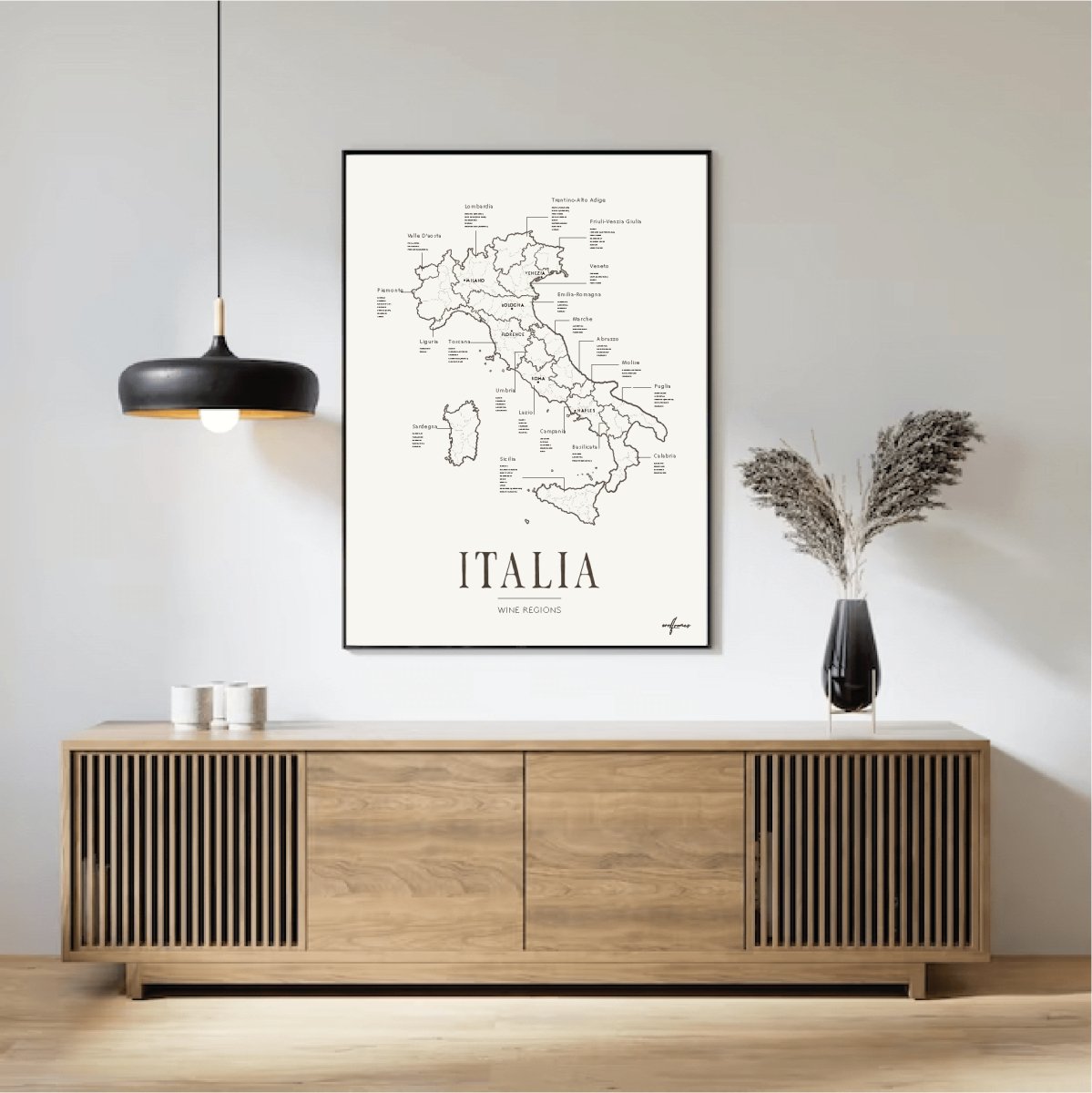The "champagne pupitre," also known as a riddling rack, is a traditional wooden frame used in the production of Champagne to facilitate the process of "riddling" (or "remuage" in French).
This technique is a crucial step in the méthode traditionnelle (traditional method) of making sparkling wine, including Champagne.
History of the Champagne Pupitre
The champagne pupitre was invented in the early 19th century by Antoine Müller, the cellar master of Veuve Clicquot, in collaboration with Madame Barbe-Nicole Clicquot Ponsardin, known as the Widow Clicquot. Before this invention, the process of removing the sediment that forms during the secondary fermentation in the bottle was labor-intensive and inefficient.
Design and Function
The pupitre is a rectangular, hinged wooden frame with holes drilled at an angle, usually capable of holding 60 bottles (30 on each side). The bottles are placed neck-down at a slight angle in the holes. Over time, the bottles are gradually tilted and twisted, allowing the sediment to collect in the neck of the bottle. This process can take several weeks and requires careful handling by a skilled riddler.
The Riddling Process
- Initial Placement: Bottles are placed horizontally in the pupitre.
- Gradual Tilting and Turning: Each day, the riddler gives each bottle a slight turn and increases the angle of the tilt, moving the bottle from a horizontal to a nearly vertical position. This precise movement encourages the sediment to slide down into the neck of the bottle.
- Final Position: By the end of the process, the bottles are almost upside-down, with the sediment completely settled in the neck.
Modern Innovations
While the traditional pupitre is still used, especially in smaller, artisanal Champagne houses, many larger producers have moved to automated riddling systems called "gyropalettes." These machines can handle thousands of bottles at once, speeding up the process significantly and reducing labor costs.
Cultural and Aesthetic Value
The champagne pupitre has become a symbol of traditional Champagne production and craftsmanship. Many wine enthusiasts and collectors appreciate the aesthetic and historical value of these racks, often repurposing old pupitres as decorative pieces or functional furniture in wine cellars and homes.
Summary
The champagne pupitre is an essential tool in the traditional method of Champagne production, enabling the effective removal of sediment from sparkling wines. Its invention revolutionized the industry and remains a testament to the ingenuity and dedication of Champagne producers. The use of the pupitre continues to be a hallmark of quality and tradition in the world of fine sparkling wines.



